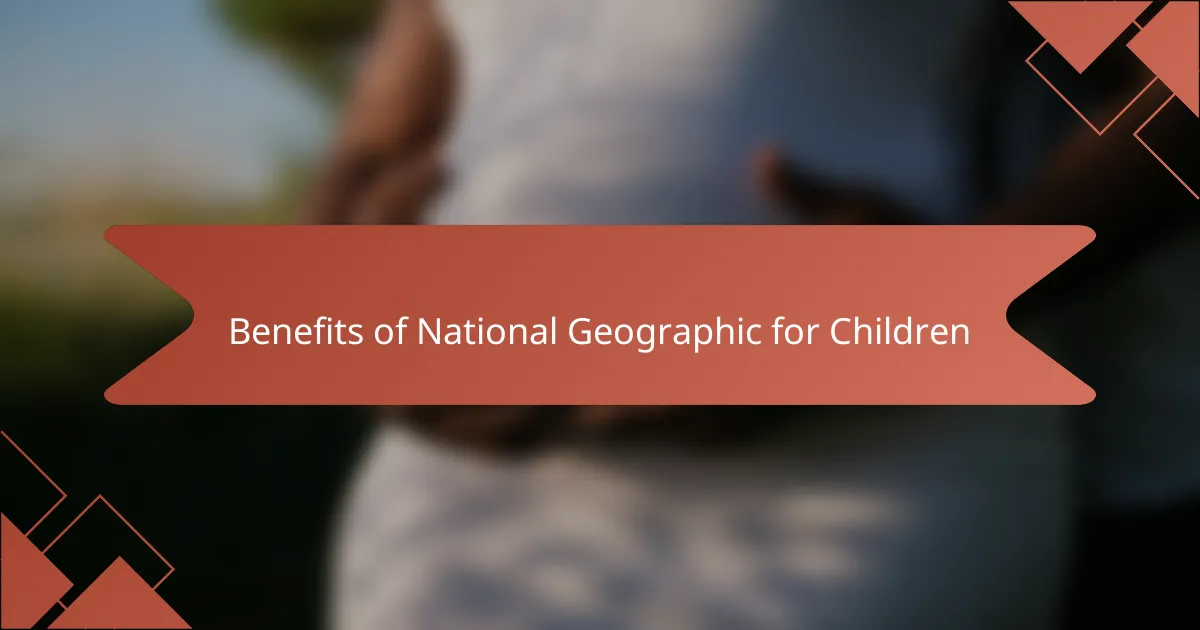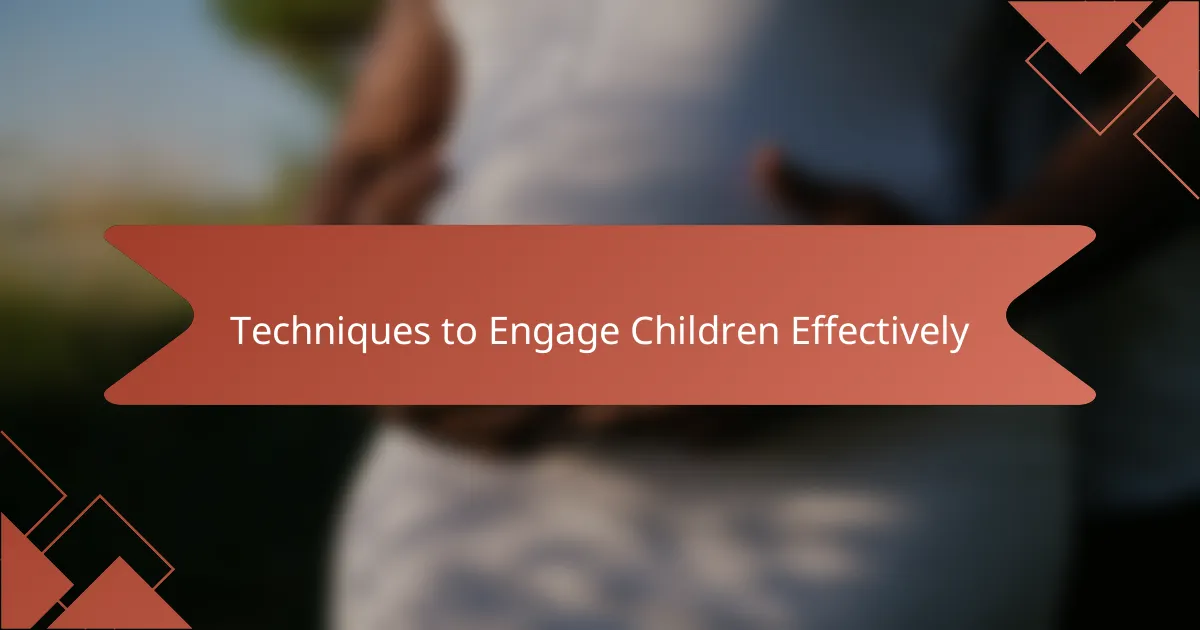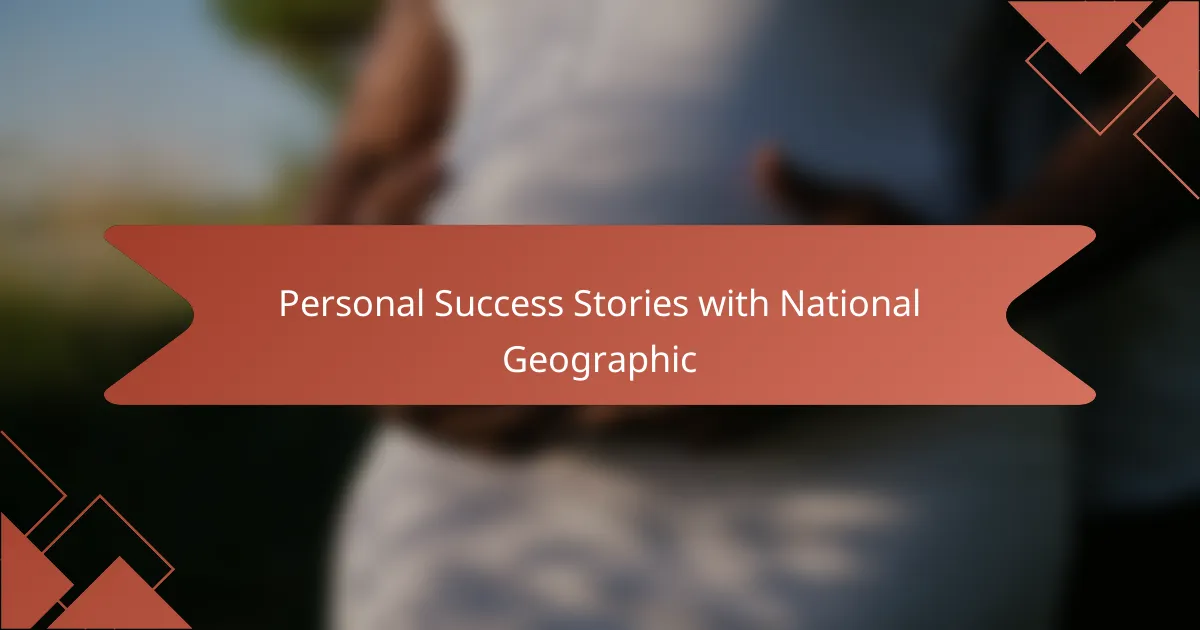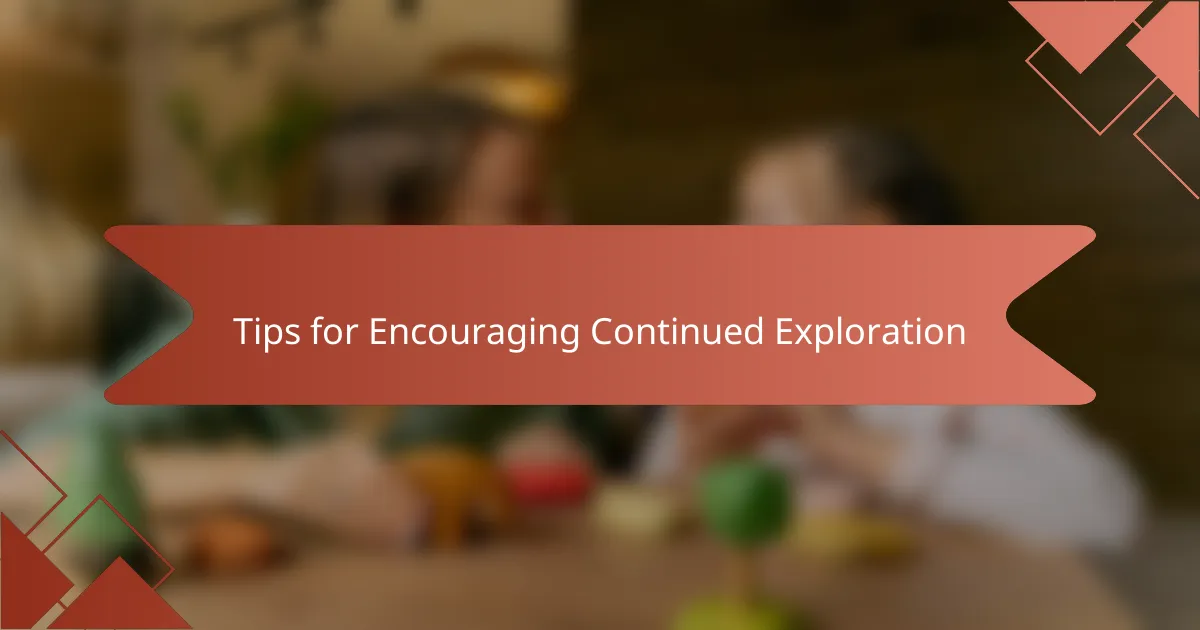Key takeaways
- National Geographic articles combine vivid visuals and compelling storytelling, sparking curiosity and critical thinking in children.
- Choosing age-appropriate content enhances engagement, allowing children to connect with complex topics through manageable and exciting material.
- Interactive reading techniques, such as predicting outcomes and discussing articles, promote deeper understanding and participation.
- Integrating articles into daily life fosters natural learning experiences, linking reading to real-world applications and family activities.

Understanding National Geographic Articles
National Geographic articles have a unique way of blending stunning visuals with compelling storytelling, which naturally draws me—and my kids—into their rich narratives. Have you ever noticed how a single photograph can spark endless questions in a child’s mind? That’s the magic National Geographic holds; it makes learning feel like an adventure rather than a lesson.
When I first shared an article about wildlife migration with my children, I was amazed at how quickly they connected with the information. The detailed descriptions paired with vivid images allowed them to visualize places they’d never been, making the content feel real and exciting. It’s that combination of facts and feeling that transforms reading into an experience we all look forward to.
What I find most valuable is how these articles respect young readers’ intelligence without oversimplifying complex topics. It encourages curiosity and critical thinking, which I believe is essential for engaging children meaningfully. Isn’t it refreshing to find educational material that sparks wonder instead of just filling heads with data?

Benefits of National Geographic for Children
National Geographic opens a window for children to explore the world beyond their immediate surroundings. I’ve seen firsthand how reading about different ecosystems or ancient cultures ignites their imagination and broadens their understanding of our planet. Isn’t it incredible how a child’s curiosity can be sparked by simply turning the page?
What struck me most is how these articles nurture empathy and respect for nature. When my kids read about endangered species or environmental challenges, their concern grows genuinely, not just academically. It’s powerful to witness knowledge transforming into a heartfelt connection with the world.
I also appreciate how National Geographic encourages kids to think critically and ask questions. Rather than just presenting facts, it invites them to wonder and investigate further. Have you noticed how that makes learning feel more like a shared discovery than a routine task? That’s where real engagement begins.

Choosing Age Appropriate Content
Selecting articles that fit my children’s age and interests has always been the key to keeping them engaged. I learned early on that an article too complex could overwhelm them, while one too simple failed to capture their curiosity. Have you ever watched a child’s eyes glaze over when material isn’t quite right for their level? It’s a clear sign to adjust the content.
For my younger kids, I usually pick pieces with vibrant photos and straightforward explanations that invite questions rather than detailed scientific jargon. I remember sharing a National Geographic story about baby animals—it was perfect for sparking excitement without confusing them. The balance of words and images made it easier for them to absorb new ideas without frustration.
As they grow, I shift to more challenging topics that encourage deeper thinking and discussion. It feels rewarding to see them wrestle with bigger concepts or try to connect ideas across articles. Choosing age-appropriate content isn’t just about reading—it’s about matching the right challenge to their developing minds, making learning feel both achievable and adventurous.

Techniques to Engage Children Effectively
What I’ve found incredibly effective is turning reading into an interactive experience. Instead of just reading National Geographic articles aloud, I ask my children to predict what might happen next or to explain the pictures in their own words. Have you ever noticed how this little shift makes them more attentive and excited to participate?
Sometimes, we take breaks to look up videos or maps related to the article, which deepens their understanding and makes the topic come alive. I remember my youngest lighting up while spotting animals on a live wildlife [censured] after reading about their habitats—it transformed abstract facts into a vivid reality for her.
Another technique I value is encouraging my kids to share what they’ve learned with others—whether that’s explaining a cool animal behavior to a sibling or drawing a scene from the article. This not only reinforces their comprehension but also builds their confidence, turning reading into a joyful storytelling moment rather than a passive task.

Integrating Articles into Daily Family Life
Integrating National Geographic articles into our daily routine felt less like homework and more like family storytelling time. Some evenings, we’d gather around the kitchen table, flipping through pages while sharing popcorn—those moments turned the articles into shared adventures. Doesn’t it make a difference when learning happens naturally, woven into everyday life rather than as a separate chore?
I also found that linking what we read to real-life experiences deepens the impact. For instance, after reading about ocean creatures, we took a walk by the local beach and tried spotting shapes or colors that reminded us of the article. Have you ever noticed how something seemingly simple, like a family walk, can transform when kids connect it to what they’ve just discovered in a story?
Making National Geographic a regular part of our day means it becomes less about “reading time” and more about curiosity feeding curiosity. Sometimes it’s a spontaneous question sparked by a photo or a quick follow-up video that fits right into breakfast talk. Isn’t that how the best learning happens—for all of us, kids and adults alike?

Personal Success Stories with National Geographic
One memorable moment that stands out to me was when my daughter eagerly recounted a National Geographic article about bees to her entire family during dinner. Seeing her transform from a passive reader into a storyteller was powerful—it showed me how deeply the content had resonated with her. Have you ever experienced that joy when a child absorbs something so fully that they can’t wait to share it?
On another occasion, my son surprised me by initiating a mini science project after reading about volcanic eruptions. Inspired by an article’s vivid descriptions, he recreated a small model volcano at home, eager to demonstrate what he had learned. That blend of curiosity and creativity is exactly what I aim for when I introduce these articles to my kids.
What continues to impress me is how these personal successes aren’t one-offs but part of an ongoing journey. Each story my children share, every question they ask, and every new experiment they attempt feels like a step forward. Isn’t it amazing how National Geographic doesn’t just educate—it inspires real, meaningful engagement?

Tips for Encouraging Continued Exploration
What really helps keep the momentum going is creating little rituals around exploration. I started a “discovery journal” where my kids jot down their favorite facts or draw something they learned from each National Geographic article. Have you ever noticed how writing or sketching something makes a topic stick longer? For us, it turned into a fun habit that kept curiosity alive between readings.
I also found that posing open-ended questions after each article sparks a desire to dig deeper. Questions like, “What do you think would happen if we visited that place?” or “How would you protect that animal?” invite imagination and personal connection. It’s amazing how a simple question can lead to hours of lively discussion and even family brainstorming sessions.
Sometimes, I encourage my children to take what they learn and explore it hands-on, whether that means trying a nature scavenger hunt nearby or experimenting with a simple science activity linked to the article. These experiences bring the page to life, making learning a continuous adventure—not just a moment captured in reading. Have you tried turning facts into actions? The engagement that follows can be truly inspiring.